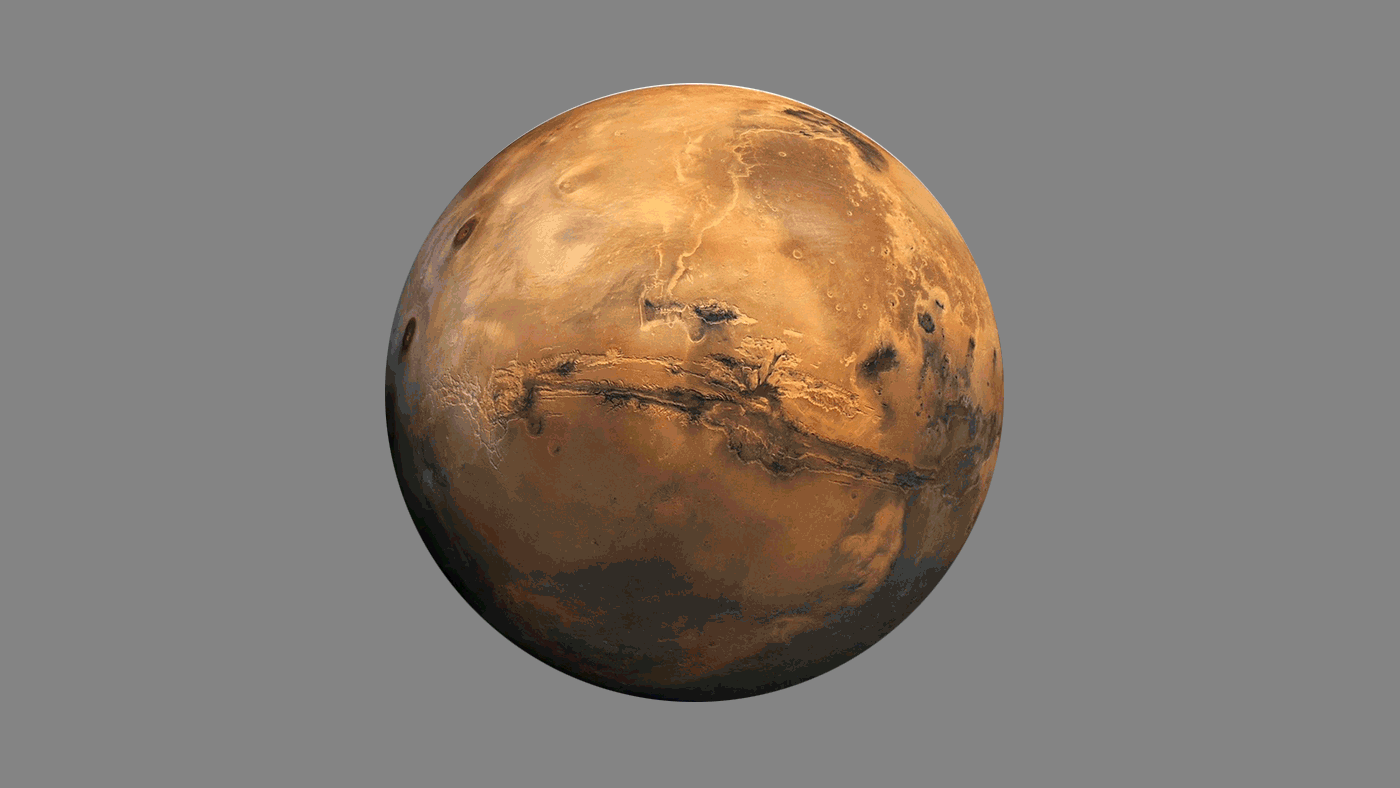Southern California got all shook up after a set of recent quakes. But Earth isn’t the only place that experiences quakes: Both the Moon and Mars have them as well. NASA sent the first seismometer to the Moon 50 years ago, during the Apollo 11 mission; the agency’s InSight lander brought the first seismometer to Mars in late 2018, and it’s called the Seismic Experiment for Interior Structure (SEIS).
Provided by the French space agency, Centre National d’Études Spatiales (CNES), the seismometer detected its first marsquake on April 6, 2019. The InSight mission’s Marsquake Service, which monitors the data from SEIS, is led by Swiss research university ETH Zurich.
Quakes look and feel different depending on the material their seismic waves pass through. In a new video, scientists at ETH demonstrate this by using data from the Apollo-era seismometers on the Moon, two of the first quakes detected on Mars by SEIS and quakes recorded here on Earth.
By running data from these worlds through a quake simulator, or “shake room,” scientists can experience for themselves how different the earthquakes can be. Researchers had to amplify the marsquake signals by a factor of 10 million in order to make the quiet and distant tremors perceptible in comparison to the similarly amplified moonquakes and unamplified earthquakes.
About InSight
JPL manages InSight for NASA’s Science Mission Directorate. InSight is part of NASA’s Discovery Program, managed by the agency’s Marshall Space Flight Center in Huntsville, Alabama. Lockheed Martin Space in Denver built the InSight spacecraft, including its cruise stage and lander, and supports spacecraft operations for the mission.
A number of European partners, including France’s Centre National d’Études Spatiales (CNES) and the German Aerospace Center (DLR), are supporting the InSight mission. CNES provided the Seismic Experiment for Interior Structure (SEIS) instrument to NASA, with the principal investigator at IPGP (Institut de Physique du Globe de Paris). Significant contributions for SEIS came from IPGP; the Max Planck Institute for Solar System Research (MPS) in Germany; the Swiss Federal Institute of Technology (ETH Zurich) in Switzerland; Imperial College London and Oxford University in the United Kingdom; and JPL. DLR provided the Heat Flow and Physical Properties Package (HP3) instrument, with significant contributions from the Space Research Center (CBK) of the Polish Academy of Sciences and Astronika in Poland. Spain’s Centro de Astrobiología (CAB) supplied the temperature and wind sensors.
Andrew Good
Jet Propulsion Laboratory, Pasadena, Calif.
818-393-2433
andrew.c.good@jpl.nasa.gov
Alana Johnson
NASA Headquarters, Washington
202-358-1501
alana.r.johnson@nasa.gov
2019-149



























